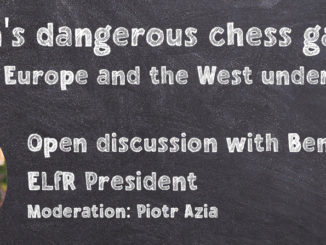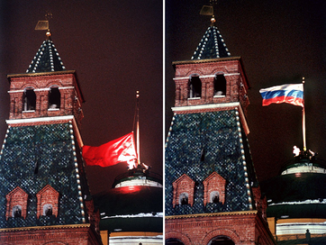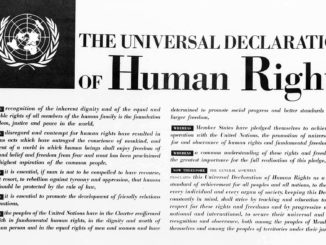
Although it is fashionable to blame the region’s travails on ancient hatreds or the poor cartography of Mr. Sykes and Monsieur Picot, the real problems began with the modern Arab state system. After World War II, the Arab states came into their own. Most shed their European colonial masters, and all adopted more modern political systems, whether secular republics (read: dictatorships) or new monarchies. None of these states worked very well. For one thing, their economies depended heavily on oil, either directly, by pumping it themselves, or indirectly, via trade, aid, and worker remittances. These rentier economies produced too few jobs and too much wealth that their civilian populations neither controlled nor generated, encouraging the ruling elites to treat their citizenries as (mostly unwanted) dependents. The oil money bred massive corruption, along with bloated public sectors uninterested in the needs or aspirations of the wider populace. To make matters worse, the Arab states had emerged from Ottoman and European colonialism with their traditional sociocultural systems intact, which oil wealth and autocracy made it possible to preserve and even indulge.
This model clunked along for several decades, before it started falling apart in the late twentieth century. The oil market became more volatile, with long periods of low prices, which created economic hardship even in oil-rich states such as Algeria, Iraq, and Saudi Arabia. Globalization brought to the region new ideas about the relationship between government and the governed, as well as foreign cultural influences. Arabs (and Iranians, for that matter) increasingly demanded that their governments help fix their problems. But all they got in response was malign neglect.
Source: The United States’ Choice in the Middle East | Foreign Affairs




















